PORTLAND, Ore. (KOIN) — There are more than 500 species of spiders in Oregon, and soon they’ll be breeding. Eeek!
Every autumn, the Oregon Department of Agriculture sees an uptick in spider reports from concerned citizens. That’s because many spiders reach maturity in the fall and start seeking mates, State Taxonomist Josh Vlach told KOIN 6.
“They were there all summer,” Vlach said. “They just weren’t big enough for people to notice them.”
Spider sightings can be alarming (especially if they’re big ones with long, hairy legs that skitter across the wall). Luckily, the State of Oregon has provided the world with pages of helpful information in an effort to keep the public, and the spiders safe.
Here are a few facts that may dispel some common myths and help provide a better understanding of Oregon spiders:
Most spider species are rarely encountered by humans
According to the Oregon Department of Agriculture, only about a dozen of Oregon’s 500-plus species of spiders are likely to be found anywhere near your home.
The spiders most commonly seen by people in Oregon include the hobo spider, the giant house spider, the Western black widow and the brown widow. Other common spiders in Oregon include grass spiders, wolf spiders, cellar spiders, crab/flower spiders, false black widows, folding trapdoor spiders, jumping or zebra spiders, writing spiders, banded garden spiders and the cross spider.
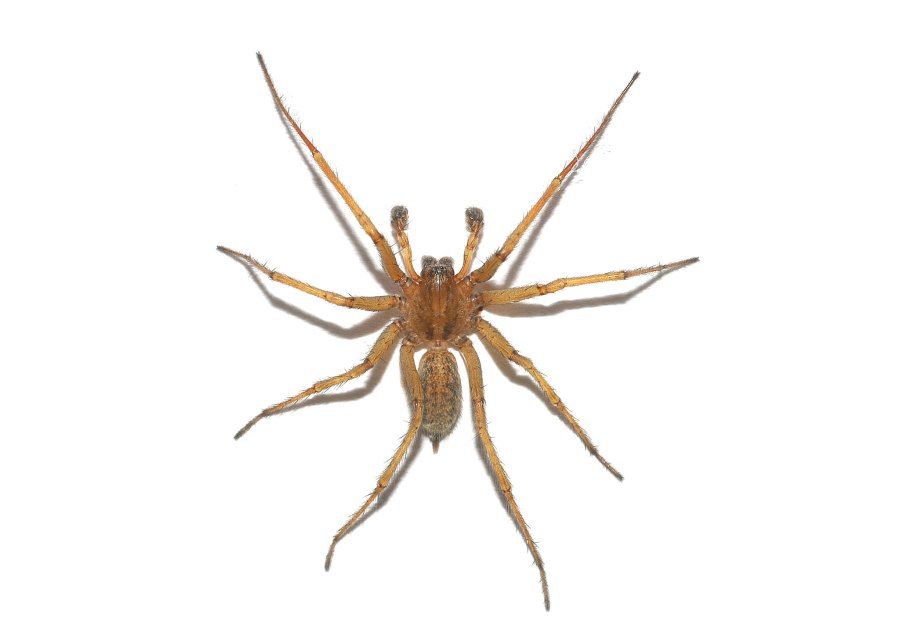
Spider bites are not common
Although all spiders have fangs, you are unlikely to receive more than two spider bites in a lifetime, according to the ODA.
“Normally people are not bitten unless they come in very close contact with a spider,” the ODA says. “People may be bitten when they place a hand on a spider, for instance, upon one sheltering in a wood pile, behind furniture or some boxes, or if they put on clothing or footwear that has a spider sheltering in it. If a spider was not seen biting you then it is most likely from another cause.”
People can lower their risk of spider bite by reducing the number of spiders in and around homes. Tips for reducing spiders include sealing small cracks and opening to homes; installing snug window screens; removing spider webs; vacuuming regularly; and installing spider traps.
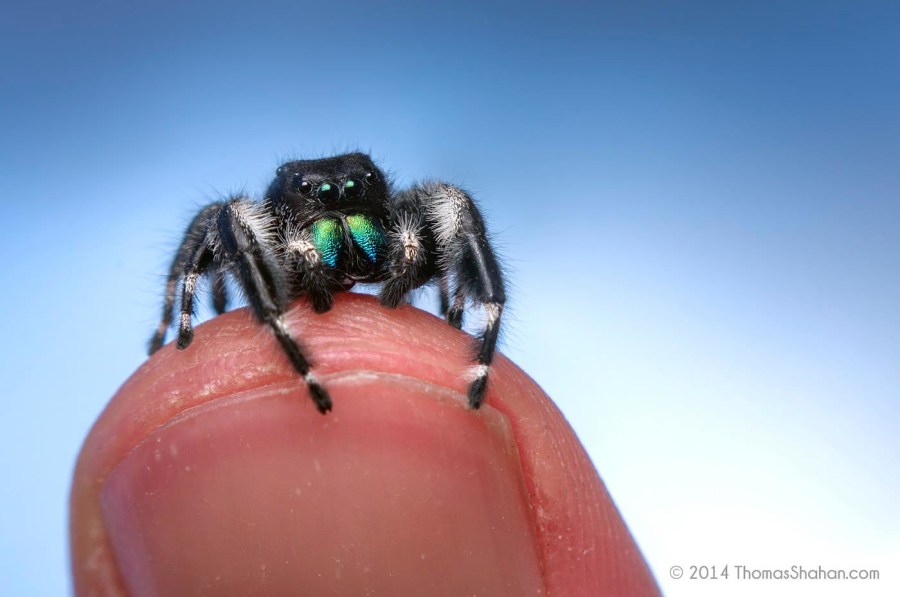
Black and brown widows are Oregon’s only hazardous spiders
Although it’s a common concern, Vlach said that very few Oregon spiders actually pose a threat to humans. The Western black widows and the invasive brown widow – spotted in Oregon for the first time in 2018 – are the only spiders in the state venomous enough to cause medical emergencies.
Widows are most commonly found in rocky, south facing-slopes with little tree cover, and are rarely seen in the northwestern area of the state. However, they have been found in Willamette Valley homes.
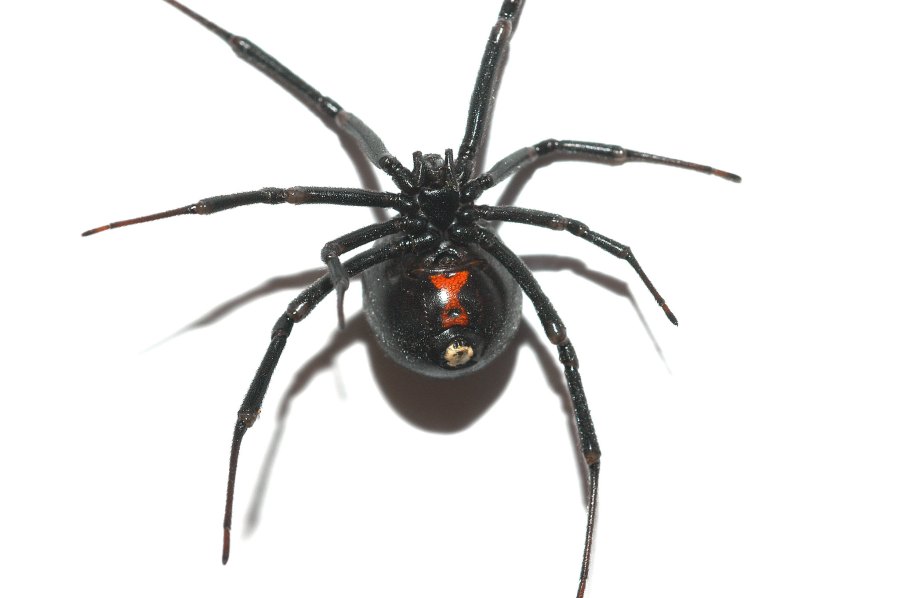
The amount of venom delivered in a single widow bite is usually not enough to cause a serious medical reaction in most people. However, the ODA says that anyone bitten by a black or brown widow should seek immediate medical attention.
“Symptoms may include nausea, profuse perspiration, tremors, labored breathing, restlessness, increased blood pressure and fever,” the Occupational Safety and Health Administration reports. “The pain from the bite will usually persist for the first 8-12 hours. Symptoms may continue for several days.”

Brown recluse spiders are not in Oregon
The brown recluse spider – the most venomous spider in North America – has never been found in the wild in Oregon, Vlach said.
While some of Oregon’s aforementioned spiders can be rather large, causing people to sometimes mistake these spiders for tarantulas or the brown recluse, neither of these spiders are native to the Pacific Northwest.
“Brown recluses haven’t [spread to] the West,” he said. “That’s a myth.”
According to the CDC, brown recluse spiders are most commonly found in the Midwestern and southern United States. Brown recluse spiders are, you guessed it, brown in color and have distinctive violin-shaped bodies. The spiders also have six symmetrical eyes instead of the eight eyes found on most spiders.
“Brown recluse spiders are usually found in workplaces with secluded, dry, sheltered areas such as underneath structures logs, or in piles of rocks or leaves,” the CDC said. “If a brown recluse spider wanders indoors, they may be found in dark closets, shoes, or attics.”
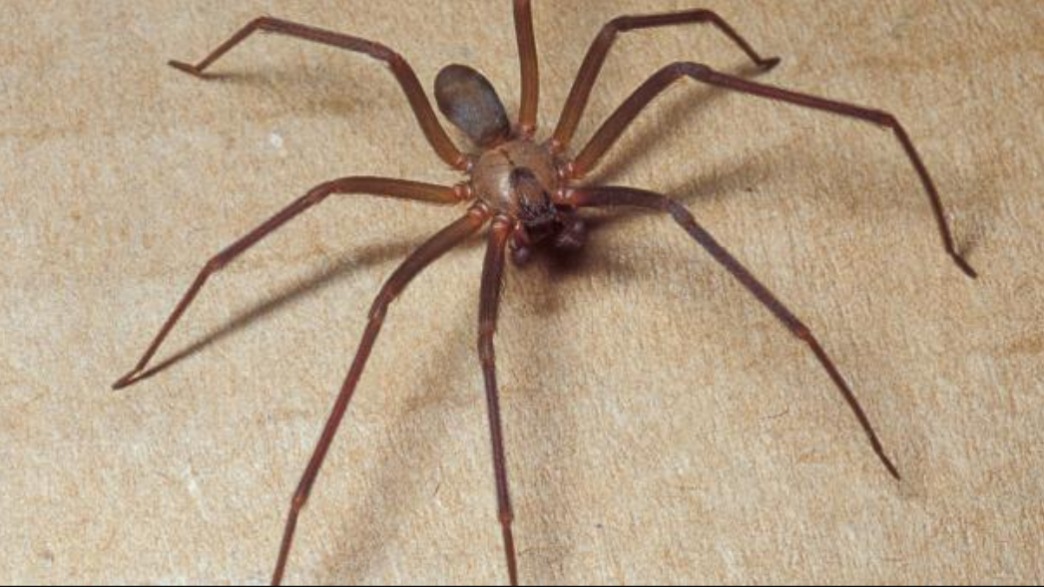
Oregon has a spider identification form available online
Still think you have a rare and potentially dangerous monster crawling around your house? The ODA offers an online resource for identifying spiders or potentially invasive species of insects and plants found in Oregon.
To submit a finding for identification, complete the following form and click “yes” to be contacted by the ODA about your finding.
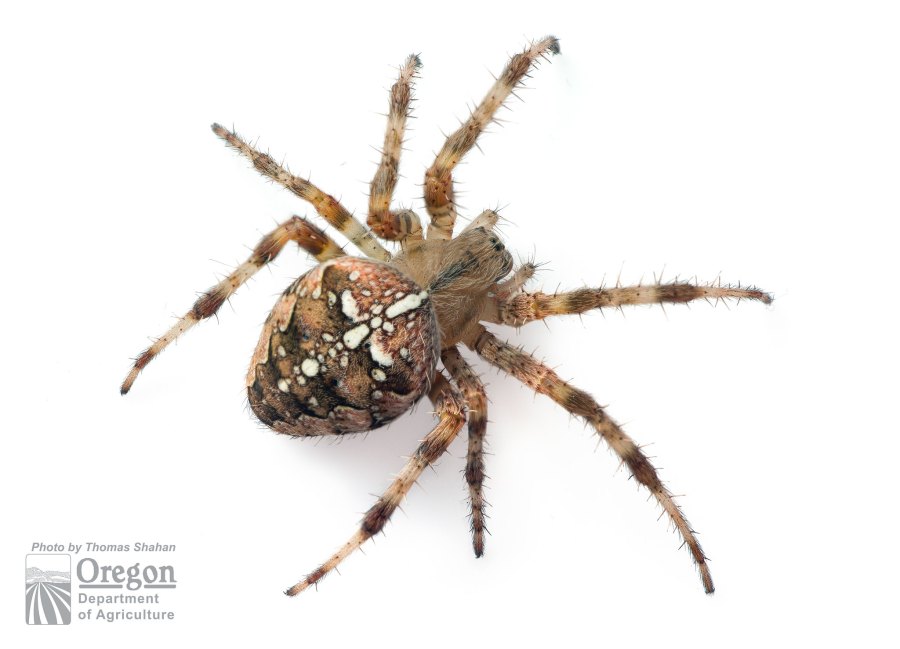
But before you do, know that the most common spiders submitted for identification in Oregon are the hobo spider and the giant house spider. Photos of both these spiders have been provided in this article.
